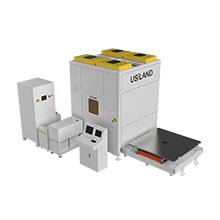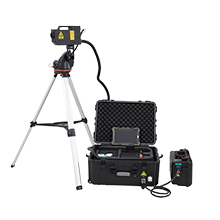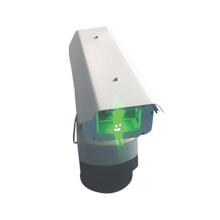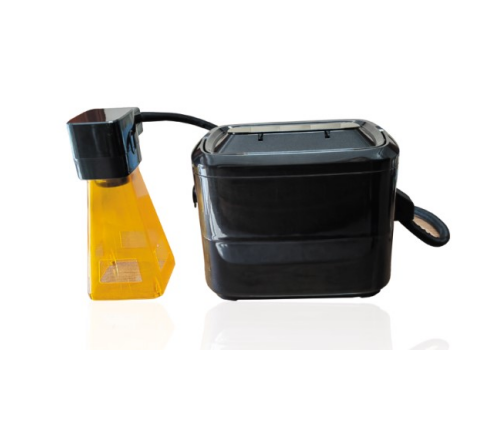> Donatello's the Prophet Abacuc in Florence, the Door of the Mandorla and s. Maria del Fiore's domed balcony, Giambologna's the Rape of the Sabines, the baptistery's paradise gate, and the National Bargello Museum's Verrocchio's David and Donatello's sAttis
> Gaia fountains in Jacopo Della Querciathe in Siena and circular frescoes of the old saccharine chamber and Manto Chapel of s. Maria alla Scala
> The Leaning Tower of Pisa and the s. Ranieri gate of the cathedral
> The Leaning Tower of Pisa and the s. Ranieri gate of the cathedral
> Teodorico’s Mausoleum in Ravenna
> The front of the Certosa in Pavia
> The balcony of the Ducal Palace in Venice
> The Paolina Chapel of the Palazzi Apostolici at the Vatican
> Lugano cathedral (Switzerland)
> Bass reliefs of the Holy Sepulchre in Jerusalem
> The Abbey of the cathedral in viedo, Spain
> The temple of the national sculpture museum in Valladolid
> The door of mallorca cathedral
> The doors of Diocletian's Palace and Dubrovnik cathedral in Split, Croatia
The application of laser in the restoration of cultural relics:
> Yungang grottoes, shanxi: wash ink stains
> Mianyang green water temple: cleaning smoke, moss
> Nanjing taiping heavenly kingdom fresco: cleaning mold
> Guangxi huashan rock paintings: cleaning ink stains
> Leshan Buddha: wash moss
> Xi 'an qianling: clean the rust
> Chongqing dazu stone carving: cleaning mold
Using laser technology to clean historical artifacts and art The surface has four main advantages :
1、Minimization Intrusion
No physical contact between the laser device and the surface to be treated.This allows manipulation on extremely fragile or easily changeable surfaces, even before solidification.Second, by acting directly on the surface, the laser does not require any additional binder or chemical aid.
2、High degree of control
A high degree of controlled stripping of the deterioration layer can be measured by the fact that a single pulse involves only a few microns in thickness, which allows the depth to be reached by the repair with great precision.
3、selectivity
The physics of laser utilization is that the light absorption coefficients of various materials vary depending on the color of the material.In most cases involving black or very dark colors, the layer of deterioration to be removed completely absorbs light, allowing the laser removal process (melting) to be accomplished almost instantaneously.And vice versa, the substrate of the material to be preserved, usually in a lighter tone, largely reflects the incident light, thus limiting or preventing the effect of the laser.
4、High accuracy
The cleaning process involves only the area of the laser beam, and the surrounding area is not affected by any mechanical or thermal processes.Moreover, fiber optic lasers allow the treatment of rather complex surfaces.The zoomable handheld laser head provides great flexibility while also being used to handle large surface areas or extremely small details.
|
Italian client |
Henan Museum |
Chongqing dazu stone carving |
 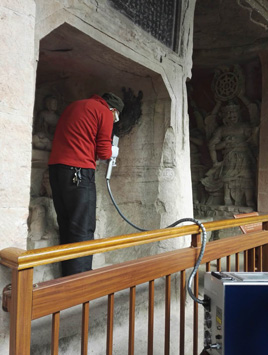 |
 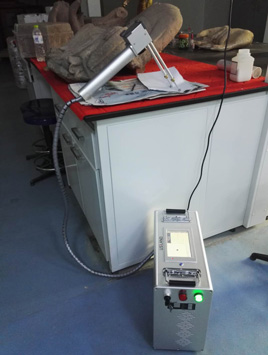 |
 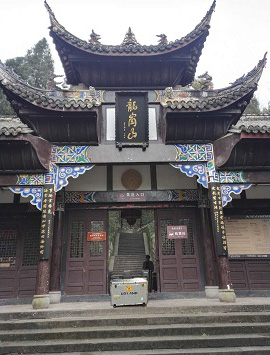 |
|
cleaning moss、mold |
clean the rust |
dazu stone carving |

